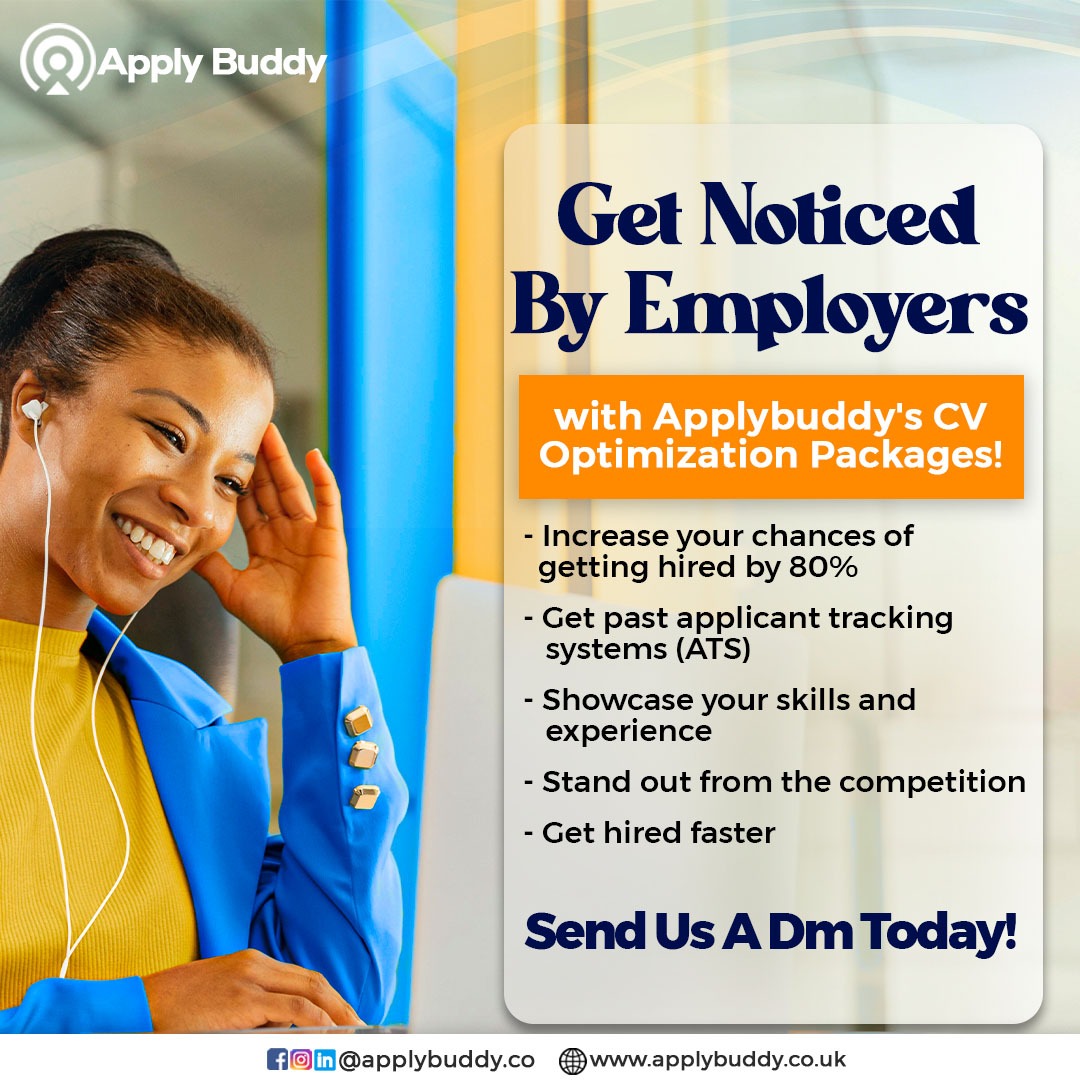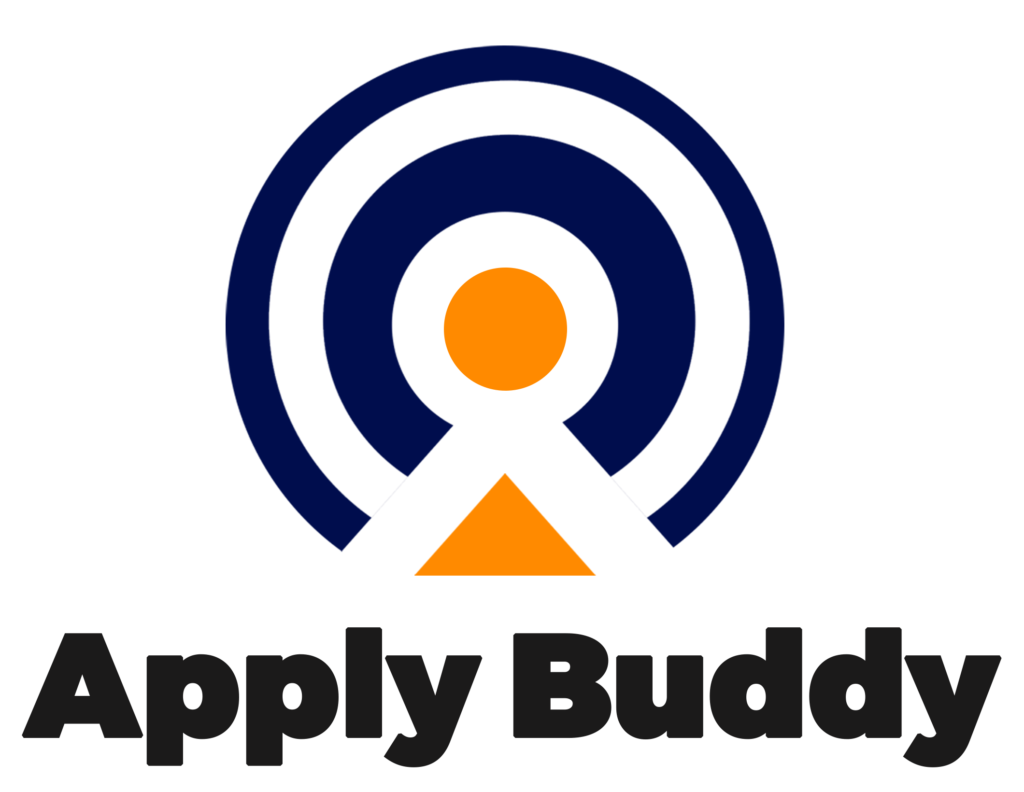Did you know a well-written cover letter can be the answer to your long awaited professional turmoils?Cover letters are possibly the most neglected part of the job search process, but they can just as easily make or ruin the first impression. Amongst the most common job interview questions for job applicants is: how long should a cover letter be?
There isn’t a clear-cut reply, but being aware of and following the rules can make a big difference.
Stick around as we explore the tips, tricks and pathways to gaining mastery of this professional powerhouse.
Understanding the Importance of Cover Letter Length
Well, its normal to have questions about the potency of cover letters as a whole and moving on to the length is extreme detail. But in light of research, its safe to say cover letter is not to be ignored.
According to a startling study, only 23% of job seekers regularly personalise their application materials, while 76% of hiring managers instantly reject applications with generic cover letters.
Let’s look at this indepthly below.
Why the Length of Your Cover Letter Matters
If you’ve ever asked yourself how long a cover letter should be, you’re not alone. The length of your letter is essential in terms of how your application will be received. It is also your first impression for a hiring manager, it’s your initial pitch.
Just as you wouldn’t want to go on and on when pitching in an elevator, you don’t want to do the same with your letter.
Not only is the length of your cover letter a matter of layout, but it also says something about how well you write, how familiar you are with the job, and whether or not you respect the recruiter’s time. You want to hit that ideal place where your message is strong, complete, and concise.
How Recruiters Assess Cover Letter Length

Image by Freepik
Recruiters learn to find red flags immediately, and the length of your cover letter is one of them. Most recruiters don’t take more than 6–8 seconds to scan each application initially.
A long cover letter can mean you lack concentration, and a short one can tell you lack effort. Keeping your letter short shows that you can concentrate on the key points.
The Impact on First Impressions
Your cover letter is often the first thing a recruiter reads. A well-formatted, appropriately sized letter lets them know you have an eye for the professional cover letter standard and respect their time. It’s a good first impression and the start of a fantastic application.
Understanding the optimal cover letter length can significantly increase your chances of being invited for an interview. Too wordy or general letters make you seem confused or scatterbrained neither of which is the impression you want to create.
In case you’re asking yourself, “How long should a cover letter be?” remind yourself that shorter, wiser, and more specific wins.
See Also
Difference Between a Supporting Statement and a Cover Letter
How to Write a Cover Letter for a Specific Job in the UK
Standard Guidelines for Cover Letter Length
Confused about how to proceed? Let’s take you through the standard guidelines for cover letter length so you can understand what to do and why
The One-Page Rule Explained
If you’re concerned about how many pages a cover letter should be, here is the golden rule: one page. This is now a universal one-page cover letter rule used in most industries. It is brief, manageable, and reflects that you can communicate.
A page provides space for three to four paragraphs not too much so that you ramble on, but enough so that you express your strengths and passion.
Recommended Word Count and Structure
How long should a cover letter be? Write 250–400 words. That’s enough space to say hello, explain why you’re the ideal candidate for the job, and show your personality without rambling on forever. Here’s a simple structure:
1. Introduction: Ideally 40–60 words. Start your cover letter with a strong opening designed to immediately catch the decision-maker’s eye. Use this critical first paragraph to show your genuine interest in the specific job and your knowledge of the company.
It is worth making sure that you address the right person or department, and always spend the time researching the company so that you can tailor each cover letter precisely to the job you are applying for.
2. Body paragraph 1 (skills/experience): 80–100 words.
Once you have finished introducing yourself, utilise the below section to highlight your most valuable achievement related to the job. Mention specific figures or examples proving your skills.
As an example, I elevated my previous company’s social media interaction by 30%.
It is perfect to make short descriptions of what you did to gain that effect or the advantage created for the company. This approach helps the hiring manager understand the tangible value you contribute and how you can be helpful to their organisation’s success.
3. Body paragraph 2 (fit andvalue): 80–100 words. Here, you specifically connect your experience and skills to the company’s goals, values, or challenges. Make it your “why me” statement.
Start with a brief reference to something you already know about the company its mission statement, recent projects, or public reputation. Next, inform them about your perfect fit for the position and how your background can serve their interests.
Back up your case with solid, relevant examples, showing how your skills or achievements fulfill their desires. Show that you understand what they need and offer yourself as a solution.
4. Conclusion: 40–60 words.
Conclude your cover letter by restating your keen interest in the specific position. Use the final paragraph to express gratitude for politely considering your application and actively pursuing an interview or meeting invitation.
Industry-Specific Variations and Expectations
There is no one-size-fits-all when it comes to cover letters. Industries differ in their expectations, tone, and conventions regarding the length and content of cover letters. It is essential to recognise these differences to make the right impression.
1. Academia and Research: Long Letters with Descriptive Accomplishments For research and education-position cover letters, more extended cover letters about one to two pages are not just accepted but the norm. Applicants must detail complex credentials such as:
•Research areas of interest and academic contributions
•Teaching experience and pedagogy
•Published works and grants won
•Professional society membership or ongoing projects
2. Creative Roles: Greater Freedom for Storytelling and Tone. Creative industries like advertising, media, design, and the arts have greater freedom of tone and length. Here, your cover letter is a canvas to display what you’ve done and how you think and communicate. You might choose to include:
• Personal stories that illustrate creative thinking
• Unusual storytelling techniques or visual elements (if appropriate)
•Descriptions of past projects and the creative process behind them.
3. Corporate Jobs: Stick to One Page for Professionalism For most corporate and traditional office careers especially those in finance, law, consulting, and administration; the one-page requirement is an iron one. Interviewers in these settings value brevity, professionalism, and respect for time.
Research industry standards before deciding how long a cover letter should be for your target job.
Factors Influencing Your Ideal Cover Letter Length.
Now let’s get down to the bone of contention ‘ideal cover letter length’. Who or what is the deciding factor. Stay tuned as we explore these.
Customizing Content Based on Experience and Role
As a new-entry level candidate, your best cover letter word count is likely shorter. Emphasise passion and common skills. Experienced professionals can squeeze in a few more words but maintain the requirements of clarity and pertinence.
The company job posting would be your determiner for determining how long a cover letter needs to be on each application.
Balancing Detail with Conciseness
It’s a matter of balance. Provide the reader enough detail to make an impression, but not so much that it’s in the way. Quality over quantity.
A brief letter can be more destructive than a long-winded one, especially if a powerful resume accompanies it. Use concise cover letter tips, such as concise language and concrete examples, to remain razor-sharp.
When to Add Extra Information vs. Keeping It Brief
There are a few exceptional cases when exceeding 400 words is justified when applying for a very technical job or responding to special requests. But in all other cases, ask yourself: does this strengthen my argument?
If it does, wonderful. If not, cut it. It is equally crucial to determine how long is too long in a cover letter as it is to determine what goes into it.
Tips for Writing a Concise and Impactful Cover Letter
We’ve looked at length a lot. Now let’s look at the quality. Whats concisenesss and impactfulness in cover letter writing. Let’s take you through.
Best Practices for Editing and Revising
Start with a draft and trim the fat. Remove repeated words, filler language, and wishy-washy phrases. Read your letter aloud to catch clunky wording. Editing is where your letter starts to shine. It keeps your letter within professional cover letter guidelines while remaining your voice.
Using Bullet Points and Clear Language
If you desire your message to stand out, clarity is paramount. Utilise simple, plain language. Bullet points may be utilised to dissect accomplishments or responsibilities, making the letter even more straightforward to scan.
This is a current best practice for cover letters that emphasise readability and specificity.
Example:
•Increased website traffic by 40% through SEO optimisation
•Managed a $50,000 advertising budget with 3:1 ROI
These bullets are easy to digest and demonstrate impact in mere seconds.
Formatting Tips That Enhance Readability
Good formatting makes your message better. Use a professional font like Calibri or Arial, 11–12 pt, and standard 1-inch margins. Have white space between paragraphs so the reader is not hit with a wall of text. These simple cover letter formatting suggestions improve the reader’s experience and improve your professional image.
Conclusion: How Long Should a Cover Letter Be
So, how brief should a cover letter be? Generally, one page or 250–400 words is ideal. The secret is to be concise but engaging showing your abilities, enthusiasm, and suitability without overwhelming the reader. Tailor each letter, have a crisp format, and remember: the goal isn’t to say it all. It’s to say the right things well.
By following these best practices for cover letters, you can create a cover letter that adheres to the professional cover letter standard and stands out in a tight job market. Whether you are a new graduate or a seasoned executive, having the perfect cover letter word count is the detail that can help get you in the door to your next big thing.
How Apply Buddys’ Service Can Help

Navigating today’s complex job market can be challenging, which is why Apply Buddy, a top job application service, provides expert guidance. Their Apply Buddy service is particularly noteworthy: it involves applying for positions for clients.
Each application is strategically tailored, incorporating essential keywords and customised content to meet the specific demands of the job description.
With its high success rate, Apply Buddy is an excellent choice for professionals seeking to improve their interview prospects, especially within competitive sectors like technology, business analysis, and project management.
Frequently Asked Questions (FAQs)
What is the ideal word limit for a cover letter?
The ideal word limit for a cover letter is 250-400 words. This length of words allows you to express your worth concisely without overwhelming the reader. It keeps your content concise, relevant, and readable. Use impact rather than size.
Can a cover letter exceed one page for senior roles?
Yes, slightly more than one page is fine for senior or academic jobs. Brevity can be secondary to clarity if you’re discussing far-reaching outcomes or leadership experiences. Aim for 500–600 words or less, and stay focused on relevance. Always emphasise quality and readability.
How do I balance the need for detail with keeping my cover letter concise?
Select 2–3 standout accomplishments relevant to the job’s needs. Don’t mention everything—just what most powerfully proves your worth. Use simple language and avoid being verbose or redundant. Make each line align with the needs of the employer.
What formatting tip helps maintain a professional cover letter length
Use a clean font (e.g., Calibri or Arial, font size 11–12), with 1″ margins. Use 3–4 paragraphs and line space to be easily readable. Bullets for complex points if needed, but brief. Avoid blocks of heavy text—white space is more readable.
